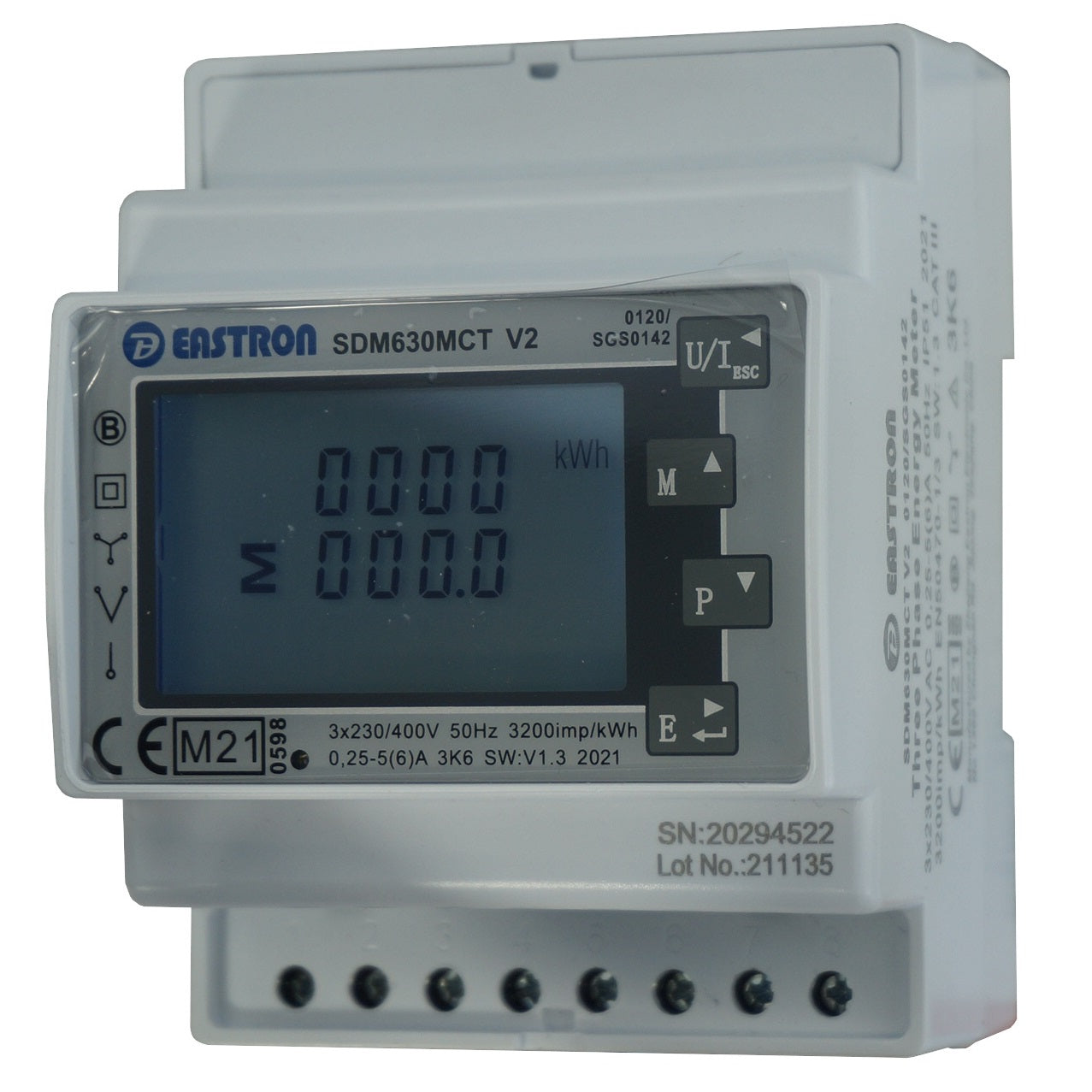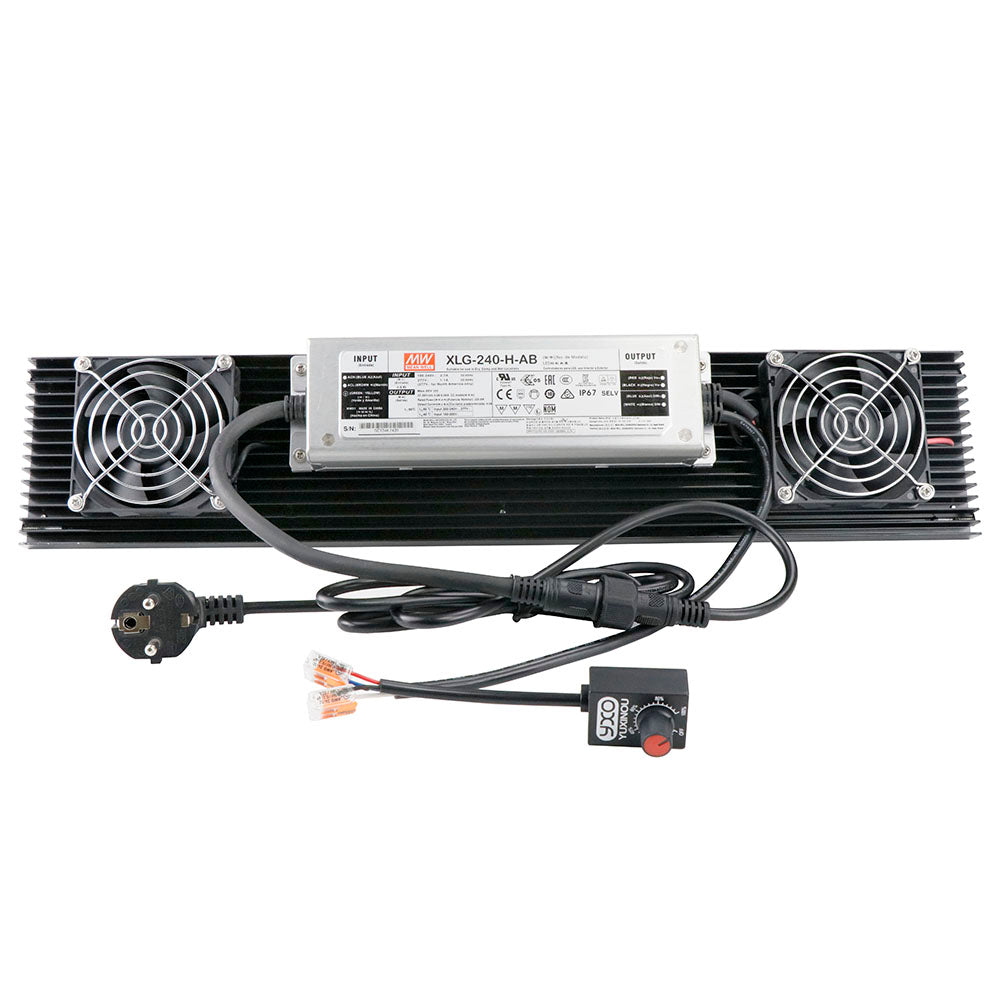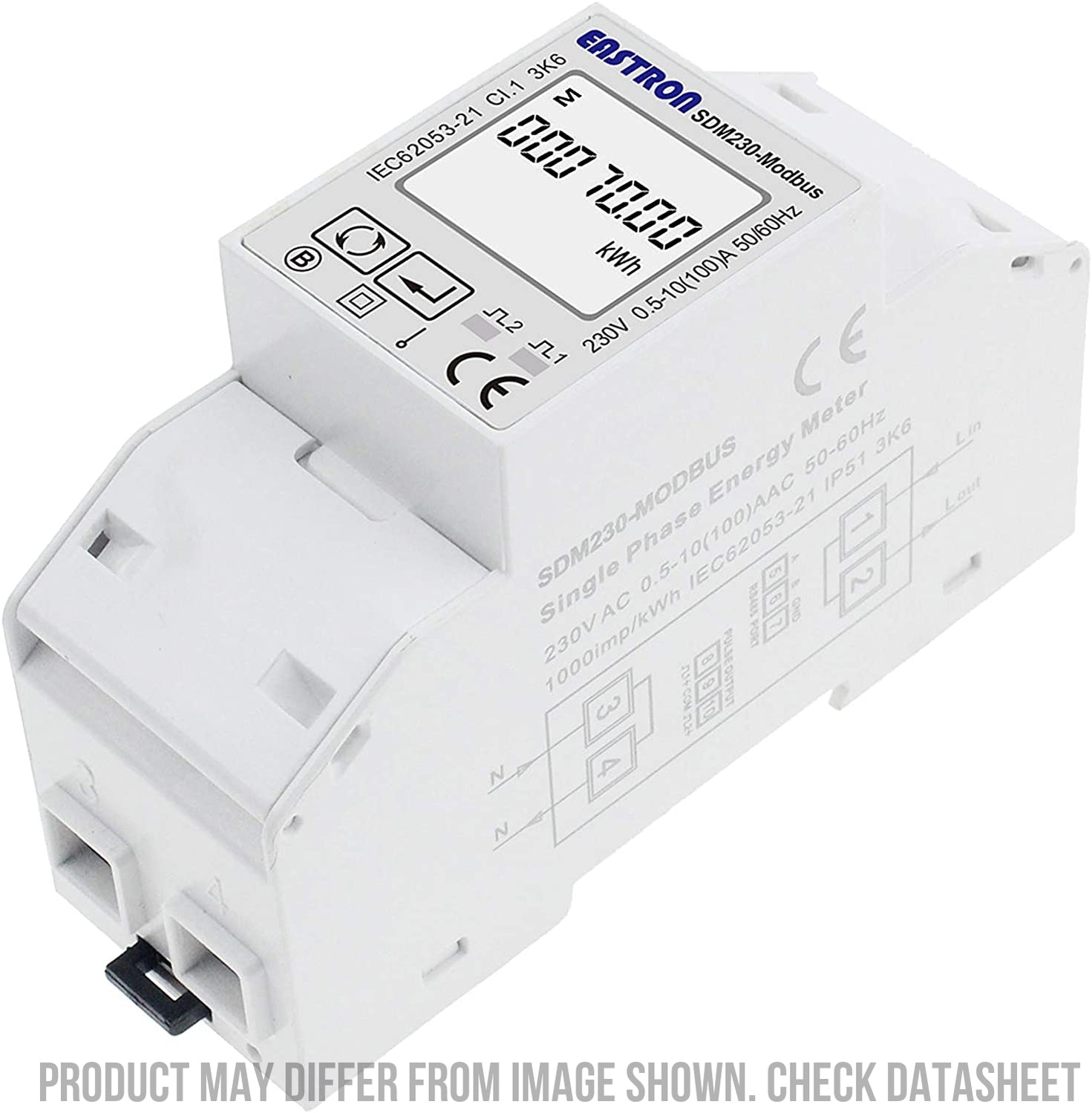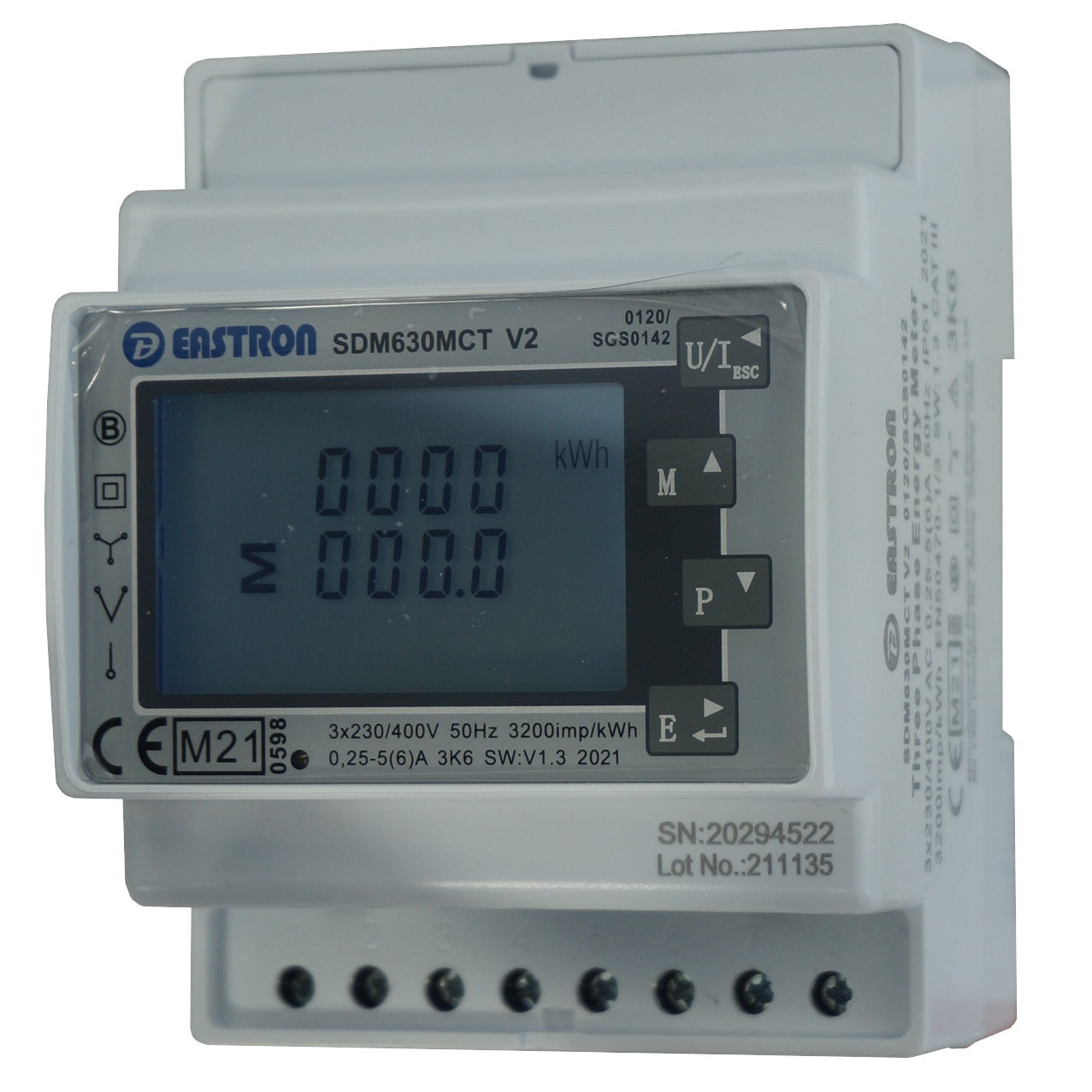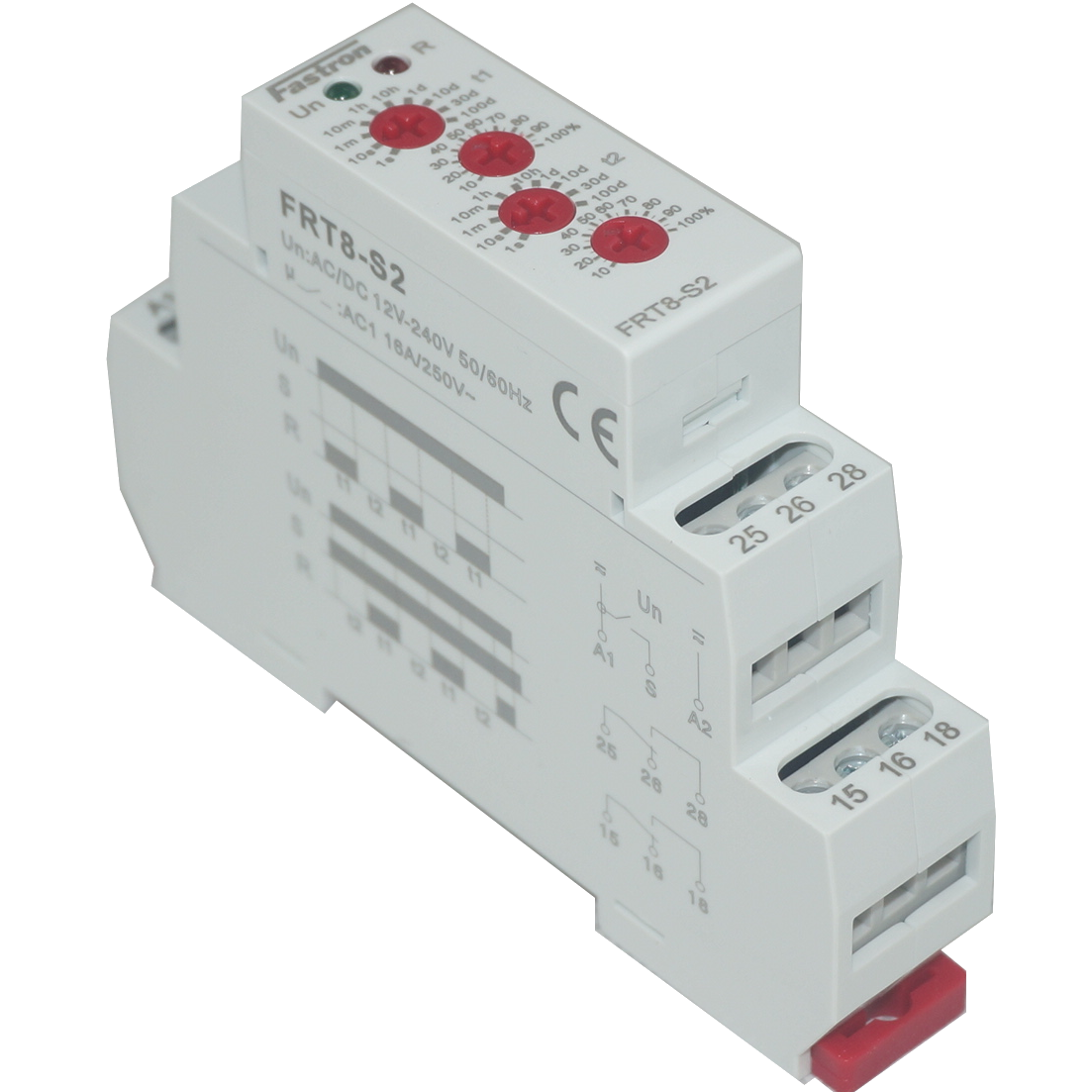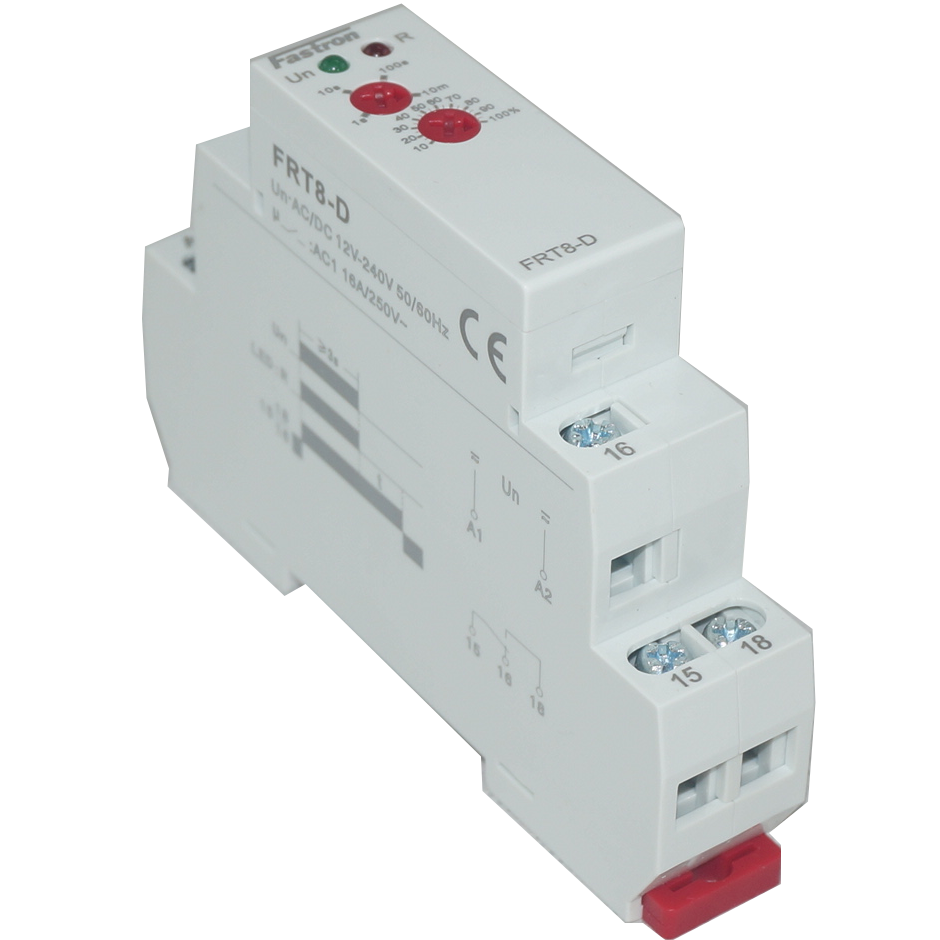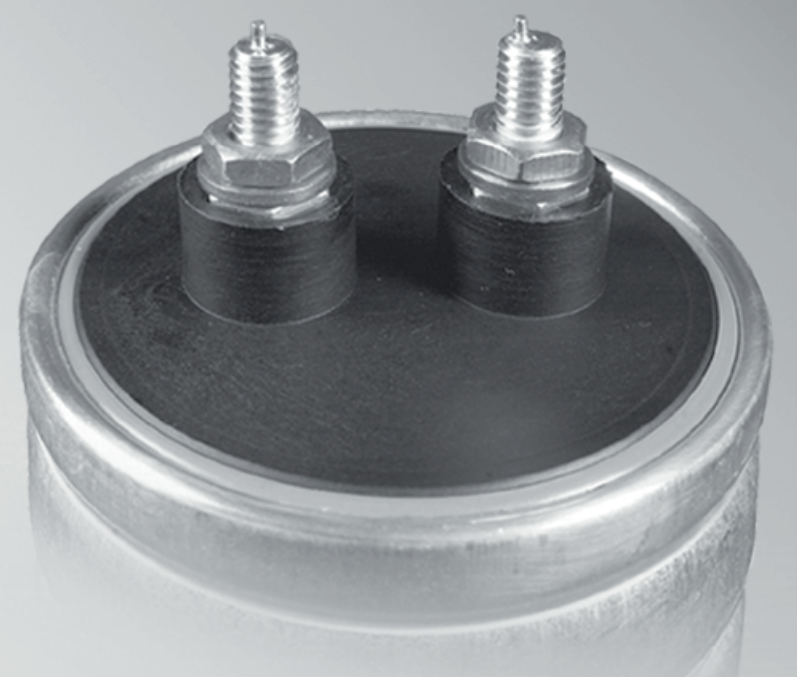
Capacitor Selection in Power Factor Correction Systems
In this blog we discuss how to select the correct capacitor value for Power Factor Correction Systems
If you are new to Power Factor and you have not already read our Blog titled "How Power Factor Correction Works" Please do so by clicking on this link.
This blog is intended as a guide or instructions for qualified personell such as engineers, technicians or power electricians. These calculations are best left to professionals in the field.
1) Site Measurements
The steps to select the capacitor are relatively simple
Determine the site parameters discussed in this blog.
Determine the system voltage, kW demand, and Kvar demand of the site.
Determine if the load is single or 3 phase. Note 3 Phase is much more common for such equipment.
Manual Measurements
For simple sites where there may be only be a few pcs of equipment which will reduce the power factor, you can manually measure with a clamp meter and capsure all the combinations of equipment running to give you the profile of kvar use at the site.
Complex Measurements
For complex environments, or facilities with several pieces of equipment which produce bad power factor (inductive loads), it may be necessary to leave a power quality analyser to log at least a day or two operations where ALL the suspect equipment will be operated at any given time.
2) Single or 3 Phase Capacitor Connections
See our detailed blog on types of PFC capacitors and connections
3) Create a table list for Kvar Profile
Take the readings from above and create a table which will give you a clear profile of the different Kvar levels at the site.
4) Calculate the required Capactor Value
With the voltage and Kvar levels know we can now calculate the required capacitors using the following formula
Q=2π*fn*Un*Un*C where Q = kVAr
Capacitor manufacturers make this quite easy and the capacitors are ratings are given in Kvar, for a set voltage.
As you can see the Kvar rating is sensitive to frequency of operation (50/60Hz), Voltage, and capacitor value used in uF.
Note: for IEC Standards international approval, you must use minimum 440VAC rated capacitors for 3 phase systems. We mostly stock 480VAC and 525VAC rated models in our store, as the market moved to higher voltages in order to achieve a longer lifespan of PFC systems ( minimum 10 years service life). Using the above formula, you can cacluate the Kvar when running at lower voltages such as 480V, 440V(415V).
You can use the above formula or use the manufacturers datasheets which normally shows the derating kVAr value. As shown in the following table.

Important: Needs to be right the first time
You need to take extreme care the derating is taken into consideration and the correct value is what will be used to make calculations, reduce Power Factor, and will also be entered into the Power Factor Controller to ensure adequate and not overcorrecting. If by mistake, you select the higher or lower rating the power factor controller will under or overcompensate. This can cause two issues;
A) Undercompensation - when the controller switches in the cap thinking the vlaue will be higher value, and therefore the operation is unstable.
B) Overcompensation - when the controller switches the cap which it thinks will be lower than it actually is, the result can cause damage to any equipment connected tot he supply via povervoltages.
5) What about 60Hz Operation?
In case that is a capacitor which is declared for frequency 60Hz, it can normally work at 50Hz but its power rating will be 16.7% lower.
E.g. Capacitor 200kvar 7620V 60Hz will have at 7200V and 50Hz power of 166.7kvar (Q=2π*fn*Un*Un*C).
For more information please take a look at this excellent Iskra Systemi PFC Design Guide


